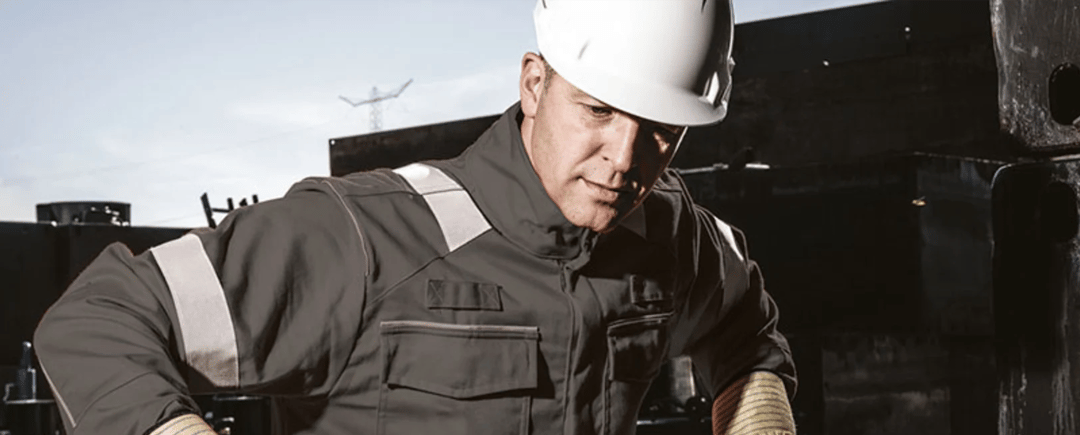What’s the difference between FR-treated and inherent FR fabric?
Two types of fabrics typically serve the market for flame resistant protective clothing. These typical fabrics are:
- Inherent FR or
- FR treated
But what do these terms mean, and is there a difference? Simply put, inherent FR implies that the fibers used in the fabric are naturally flame resistant like aramids and modacrylics.
FR treated means that the flame resistant property is a result of a chemical treatment that is applied to the fabric.
How do FR chemical treatments work, and when are FR treated fabrics a good choice?
FR chemical treatment dates back to the introduction of Proban® by Solvay back in the 1950s. Some of the earliest applications of Proban® treated cotton fabrics were in children's nightwear. Nowadays, several chemical suppliers can make this chemical called 'THPC chemical.' THPC is a durable flame retardant treatment for cotton and other cellulosic fibers and blends. Durability is achieved by the formation of a cross linked inert polymer within the fiber, which makes sure the FR properties won’t be washed out.

Performance improvements along the way
It's, of course, significant that this chemical treatment can turn cotton, which is a relatively cheap fabric, into a fabric with flame retardant properties. And its cost effective positioning has turned this fabric into a mainstream solution used in protective FR clothing.
While it all started with 100% cotton fabrics, different blends were introduced to add specific characteristics to the fabric, like better mechanical performance, lower shrinkage, and better color fastness.
Benefits of FR treated fabrics for different industrial markets
- As discussed previously, a prominent benefit is that it is a more cost effective option for protective clothing.
- FR treated fabrics offer excellent protection against molten metal splashes. For this reason, in many steel & metal environments, protective clothing made with FR treated fabrics is the standard solution.
- In the case of welding, this fabric is the only textile fabric that can achieve decent protection levels comparable to leather.
- Next to the protection against flames and molten metal splashes, the chemical treatment also gives these fabrics adequate performance in arc flash protection. This is why markets like utilities and oil & gas use FR treated fabrics.
Side Effects of FR treated fabrics
Cotton is a well known fiber and is widely regarded as comfortable — since we use this a lot at home. Thanks to the chemical treatment, there are excellent protection features added to cotton, but there are also downsides to choosing FR treated fabrics:
- When washed regularly, which is often required in industries that use protective clothing, cotton based fabrics tend to lose their color quickly, giving the fabric a white washed effect over time.
- Extra care is needed during the washing process, and specific soaps and detergents should be used in combination with the correct temperatures during washing.
- If bleach is used, this will affect the FR property of the fabric. Most companies that provide protective clothing to their workers make use of an industrial laundry service contract to ensure proper washing instructions are followed and continued protection is guaranteed. Some FR treated fabrics are still in use over 50 industrial cleaning cycles.
- The garments will get to a point where they are too dirty to wash again and, in some cases, may need to be replaced often.
Is FR treated fabric a good choice? Well, it's all about preferences
Ultimately, there is no such thing as bad FR fabrics. They all have to meet the specifications they claim to protect professionals against. Therefore, when choosing protective clothing, it more comes down to elements like color fastness, comfort, industrial launderability, the cost, and the importance you give to each of these elements to define what suits you best.
We know there are many options for protective clothing available in the market and that it can be challenging to make the right choice. Our experts in FR fabrics are, therefore, more than happy to guide you on which option is best for your workforce. Get in touch and make an appointment with us today.






.png?width=399&name=Untitled%20design%20(40).png)


